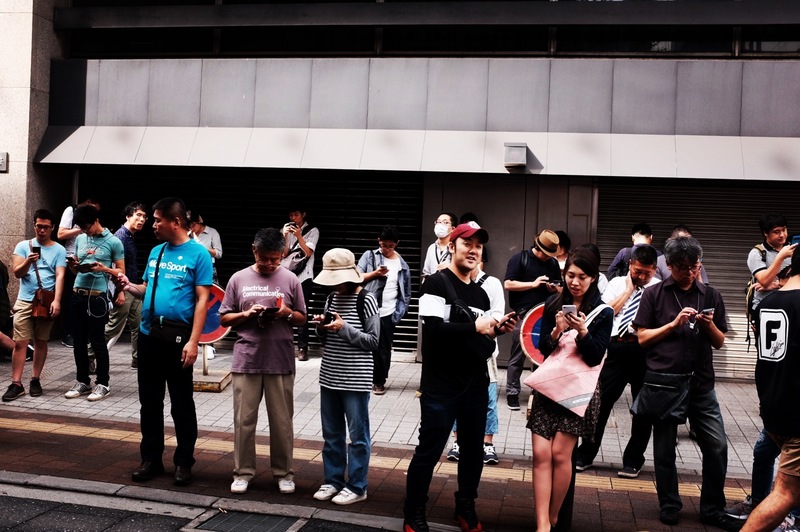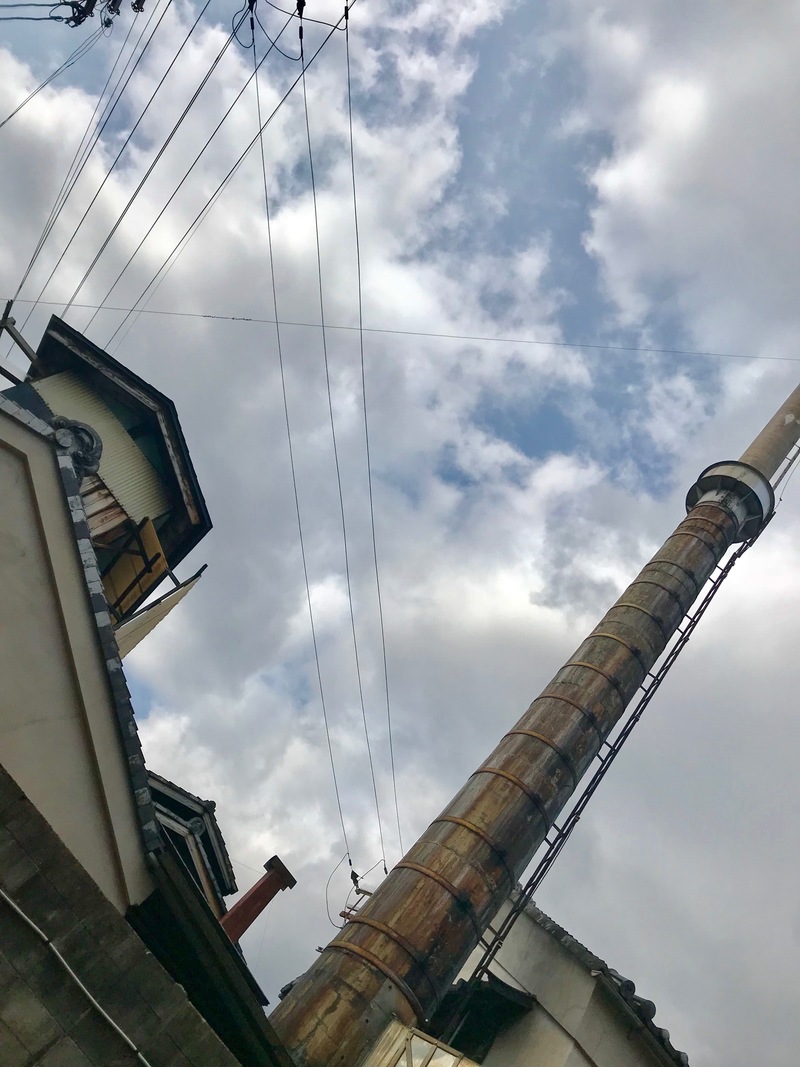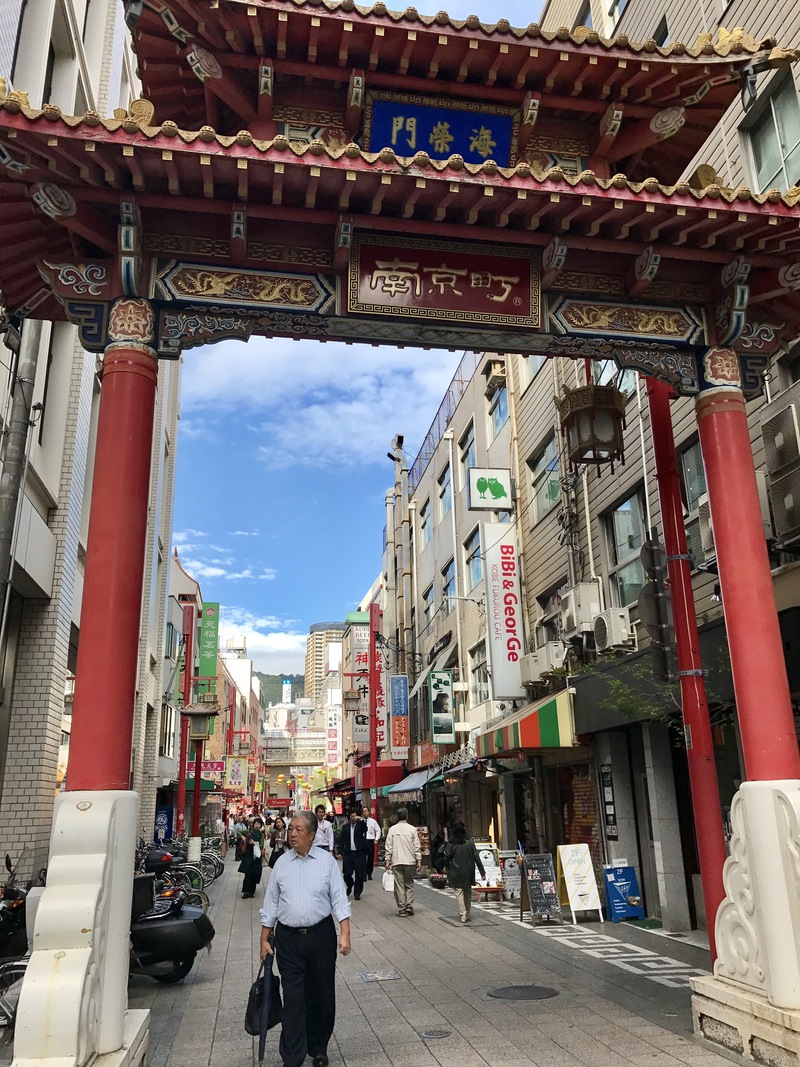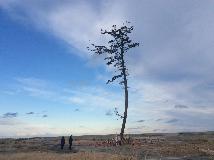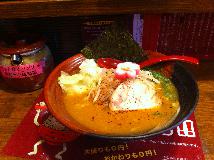At the beginning of the shakuhachi lesson, the student and teacher play RO together. RO is the first note on the shakuhachi, played with all finger holes closed. The famous shakuhachi player Watazumi Doso often said that by playing 10 minutes a day, any shakuhachi player can become a master. Playing this one note together encapsulates many aspects of learning the shakuhachi with a teacher. A student should listen to and attempt to emulate their teacher’s sound, the focus is on all aspects of the instrument from pitch, to tone colour, to breath control. As the instrument was historically associated with suizen (blowing meditation) by the Komuso monks of the Fuke sect and Watazumi himself utilised the shakuhachi as a meditative breathing tool, each breath in RO-buki practice emphasises the meditative aspects of the shakuhachi.

Richard practicing Shakuhachi
“Ichi-on Jobutsu” translated as “enlightenment in one sound” or “with one sound, one attains Buddha consciousness” has been referred to as an important concept in shakuhachi philosophy and refers to the importance of a focus on the aesthetics of the ‘single sound’ divorced from its musical context. Players should then focus on the tone itself in pursuit of the “absolute sound” (tettei-on), which is the sound of the enlightenment itself (satori).
In this recording, you can hear two shakuhachis playing the note D (all finger holes closed; RO), myself as the student and my teacher. The feeling at first was one of being overwhelmed by my teacher’s sound. The volume of his sound is immense and dominates my own attempts at making RO. It is difficult to hear my own sound and I begin to feel that if I stop playing, the overall sound would be little effected. Gradually, my sound begins to harmonise with my teacher's. Although not as strong, I can feel my sound growing in intensity and the sound I make causes the flute to slightly vibrate in my hands. At 1:15 he stops playing to listen to me play alone. I stop, seeking a comment which he does stating: “A little more focus if you can get better. So this one listen.” Rather than explaining to me in any great depth he plays RO producing a soft tone and then by tightening his lips thus focusing the airstream onto the utaguchi, the sound increases substantially in volume and strength. “Not very big differences" he says, referring to the change in his embouchure. “But I know of that point, so I can change it without very big change.” Here he refers to the fact that, without thinking, he knows where his embouchure has to be to produce this effect. “You can do that big change without a big change. So I know in that small part.” I continue to imitate his sound so as to make the transition from one sound to another more powerful by tightening my embouchure, pushing my diaphragm and opening my inner mouth. These are all techniques that I have learnt gradually through imitation of my teacher’s sound. He has not explained the technicalities of how this is done. I had to learn through observation. At 2:22 he stops, stating “Better, better but more.” We continue together. Nearing the end of the recording, the teacher listens to my tone and then makes a brief comment, encouraging me to use the sound associated with this tone to play specific pieces. He refers to controlling the sound, implying that I must not only control my body to produce the sound but this focus must also be present in the quality of the tone. “Good, better, better, better yes. If you can make that tone, it’s good. That sense you can control your lips, embouchure or air. I can make (he produces a loud D). To use this tone in piece is very rare. But you need that sound because that says your controlling is good.” Following RO-buki, the student plays the piece they are currently learning and then the student and teacher play the piece together (similar to the recording found here). The lesson then ends. Recording and text by Richard Chenhall.
